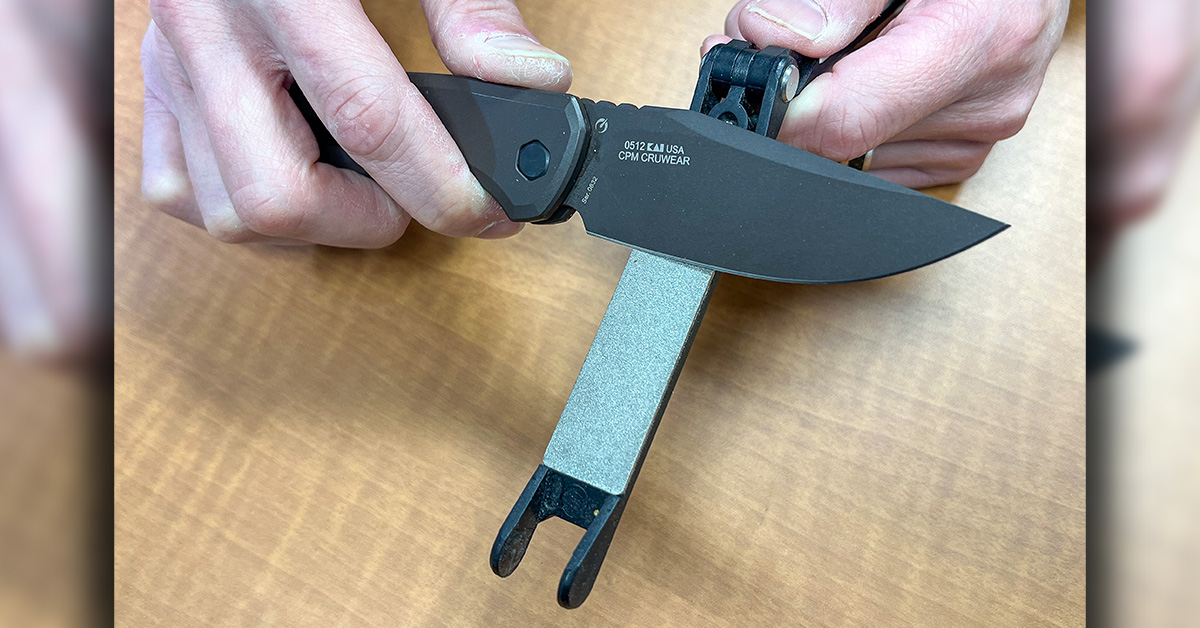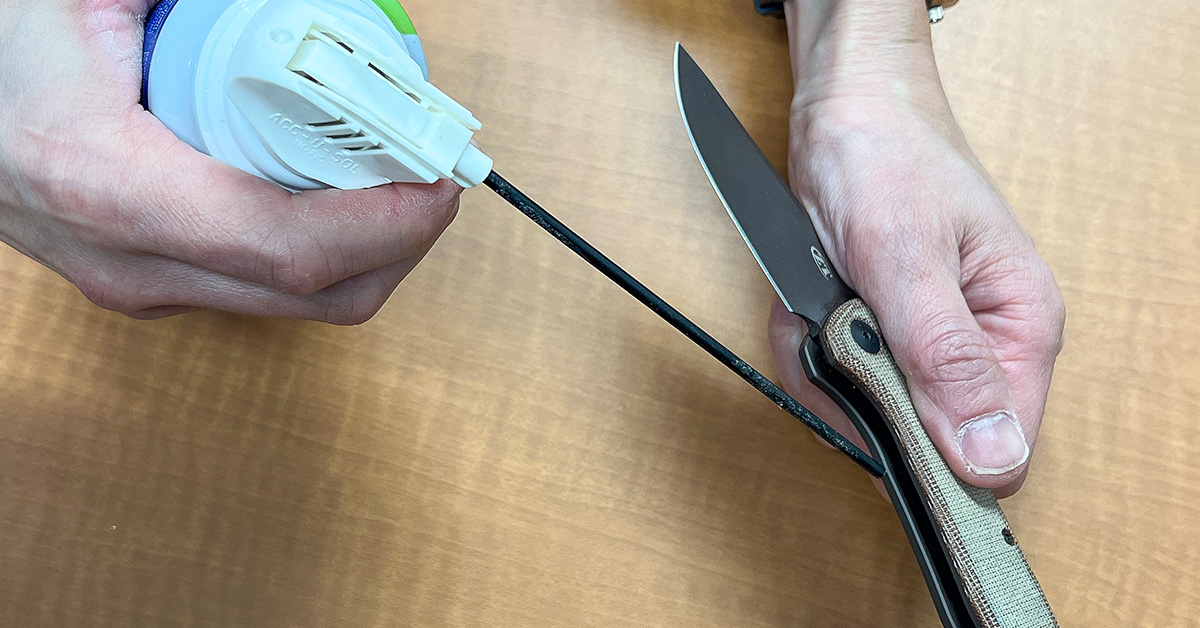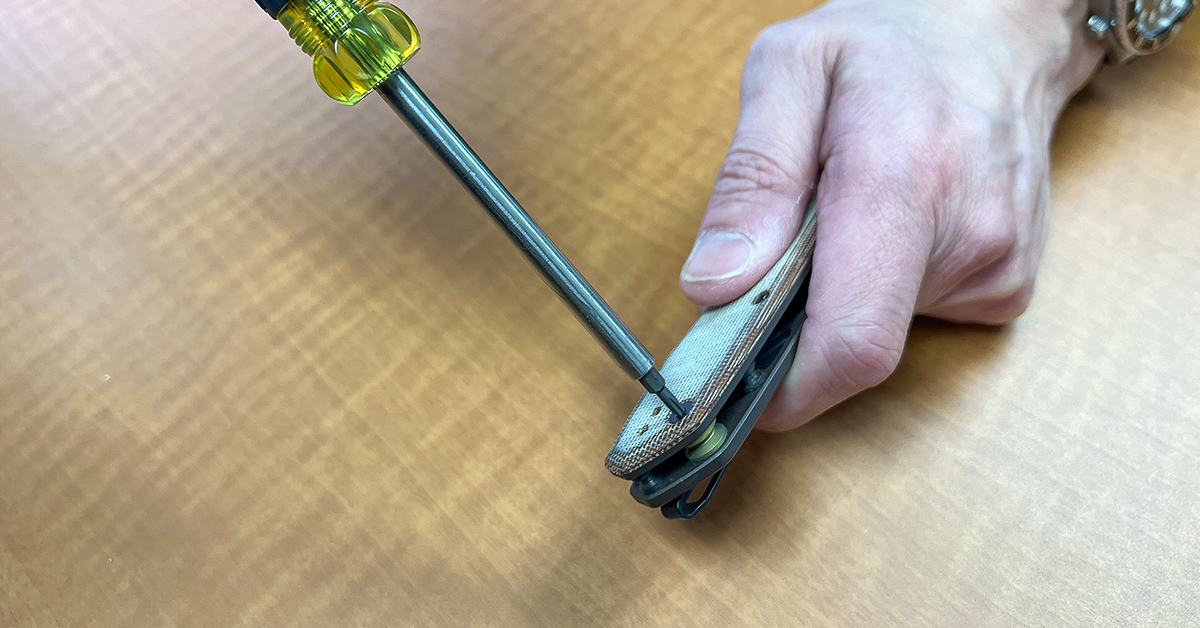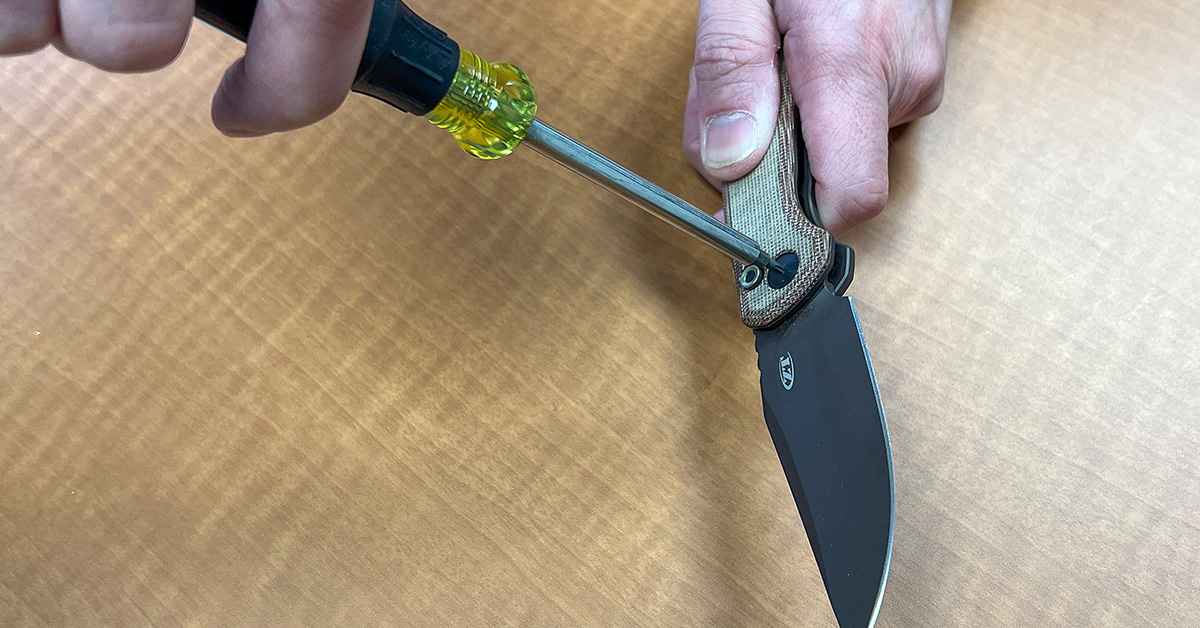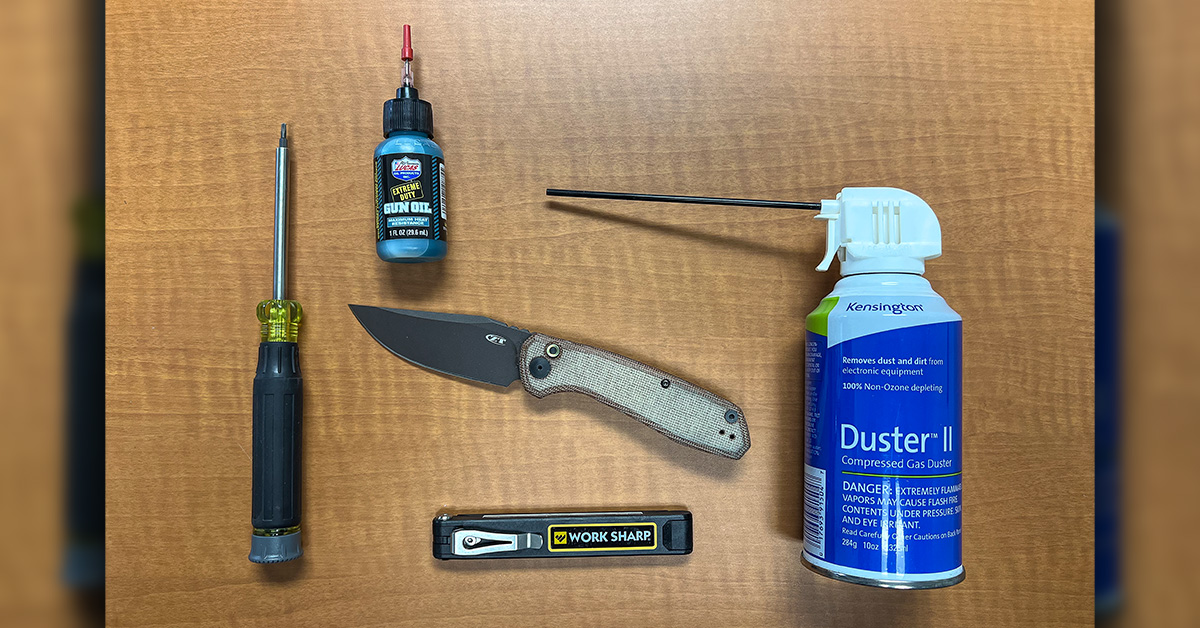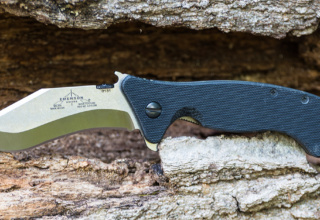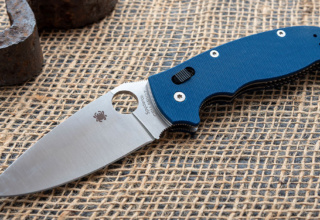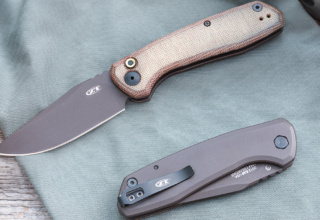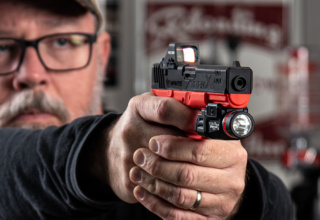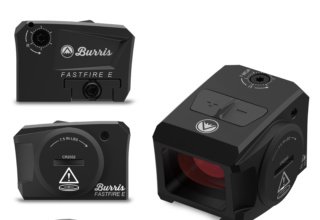We all run with them (or we should be), but you shouldn’t just stick them in your pocket and forget them. A little folding knife maintenance can reward you with performance excellence when you need it most.
by Dexter Ewing; photos by Marty Stanfield, Marty Stanfield Photography
Maintaining knives that you use for EDC (everyday carry), hunting, outdoor adventures, or backup is an understandably wise practice. Just like maintaining your firearms, if you want your knives to last and perform as designed, there needs to be a degree of maintenance involved.
When you think of knife maintenance, what immediately pops into your head? Sharpening, of course. Yes, sharpening is a major component of knife maintenance, but it is not the ONLY component of knife maintenance — especially with folding knives.
Folding knives are the most popular form of knife simply because of their ease of portability. Some can be carried in the bottom of the pocket, as most pocketknives are carried. Others can be carried via pocket clip, clipping it to the top of the pants pocket and riding above the bottom of the pocket for easy of retrieval.
Folding knives all have what is called a pivot. It’s essentially a joint where the blade’s radial arc opening path is centered. The knife’s pivot needs routine maintenance, as well as general cleaning out of the inside of the handle.
In this article, I will guide you through the proper maintenance of folding knives so that your cutting tool will perform at peak efficiency when it is needed.
Sharpening
First off, let’s discuss sharpening. This is a task some will be drawn to, and some would rather not even think about. But face it — one of the dynamics of a cutting tool is that the blade eventually will dull through use. It must be sharpened.
Knife sharpening is something of a complex task no matter how you slice it, but there are sharpeners on the market that are easy to use and produce excellent results that even an amateur can quickly master.
I recommend a sharpener like the Work Sharp Folding Field Sharpener. It has built in angle guides that help you to define the proper 20-degree angle as well as two grits and types of sharpening media to help get the job done. The diamond plate is coarse grit, which helps to establish the fresh edge, while the white ceramic is fine grit to further tune the edge to razor sharpness. Only a few minutes are required to revive a full blade.
Pivot Maintenance
Second, let’s discuss the folding knife pivot. This is one area to keep clear of dust and debris as they can compromise the lockup integrity and/or the action.
Being a gun enthusiast, you certainly have gun lube within easy reach. Use it for your knives! If it’s good for firearms, it’s good enough for knives.
I use the Lucas Oil Synthetic Gun Lube that comes in a little bottle with a needle tip applicator. This applicator helps me to precisely apply a drop of lube where I want it. If it’s a single lock blade, open the blade and put a drop of oil at the end of the handle at the pivot end on the blade tang. Follow this by working the blade in and out of the handle a few times to distribute the lube throughout. Mind you, a drop on each side of the blade is all you need; there is no need to go overboard by applying two or more drops to each side. You will notice an immediate improvement of the blade action, especially if it has been a while since you lubed it, if ever.
Cleaning
Third, let’s keep it clean. Folding knives carried in the pocket tend to be lint magnets. Lint and other debris get caught inside the handle. This is a simple fix.
You can open the blade and either run the handle under tap water to flush out the debris or, my favorite, use compressed air. Keeping the inside of the handle clean is also a way to ensure that the blade’s action remains as smooth as it did when it came from the factory. If you choose to rinse it out with running water, be sure to place the knife somewhere safe so it can thoroughly air dry. Next, I would recommend applying lubricant to the pivot.
Tighten Up
Fourth, keep all the screws tight. Some folding knives, like tactical folders, outdoor folding hunting knives, and EDC folding knives feature a screw-together handle construction using Torx screws.
For knives so constructed, make sure that all the handle assembly screws are snug. Loose handle screws may compromise the blade lock due to the handle halves being out of alignment. If your knife is equipped with a blade lock of some sort, it is imperative you do this. Chances are not to be taken with lock integrity. It’s all about your safety!
Pivot Adjustment
Finally, consider adjusting the pivot on your folding knife (again, if so equipped). Many of the previously mentioned tactical folders, hunting folders, and EDC knives use an adjustable pivot. Chances are good that if your handle assembly screws are Torx, the pivot will be as well, and this is where you can adjust that. If the pivot gets too loose, the blade’s action is compromised, as is the integrity of the blade lockup. Conversely, you do not want to set the pivot too tight because that would hamper the blade action by making it too tight to easily deploy…or not deploy at all.
Take your Torx driver and, using a T8 or T10 bit, you can easily dial-in the pivot tension. I like to set mine where I back off enough to induce lateral blade play and from that point, tighten it up to where I have minimal blade play. This keeps everything snug but loose enough to where the action isn’t impeded.
Pro Tip – Have a tube of blue Loctite on hand so you can apply a drop to the pivot screw, thread it into the socket, and proceed to adjust as I detailed above. The Loctite will prevent the screw from backing out on its own as you work the blade.
Folding knives are inherently a bit more complex than fixed blades due to their several components that are held together by small screws. Thus, folding knife maintenance requires more effort than fixed blades knives. If you use your knife a lot, a good rule of thumb is to assess all the handle screws and pivot whenever you resharpen the blade. It’s just a good habit to practice. Take care of your tools and your tools will take care of you. With the prices of some folding knives being a couple hundred or a few hundred dollars, maintenance is even more important.

